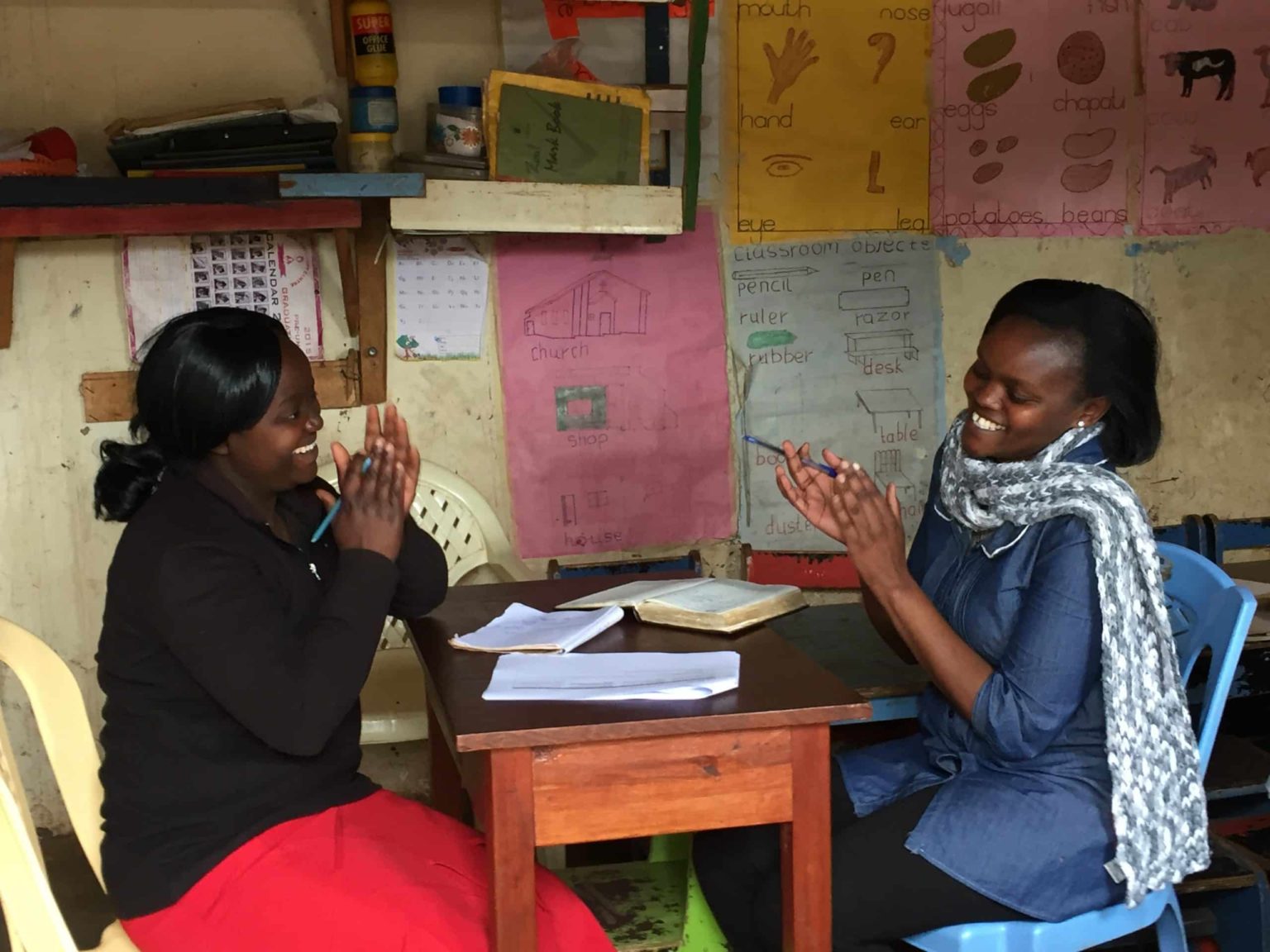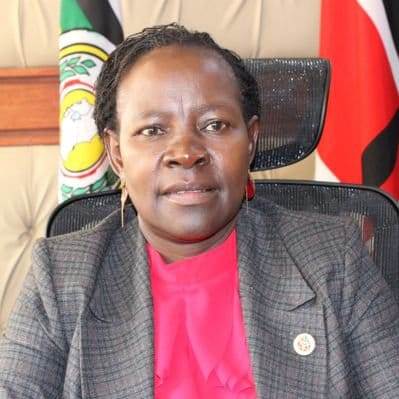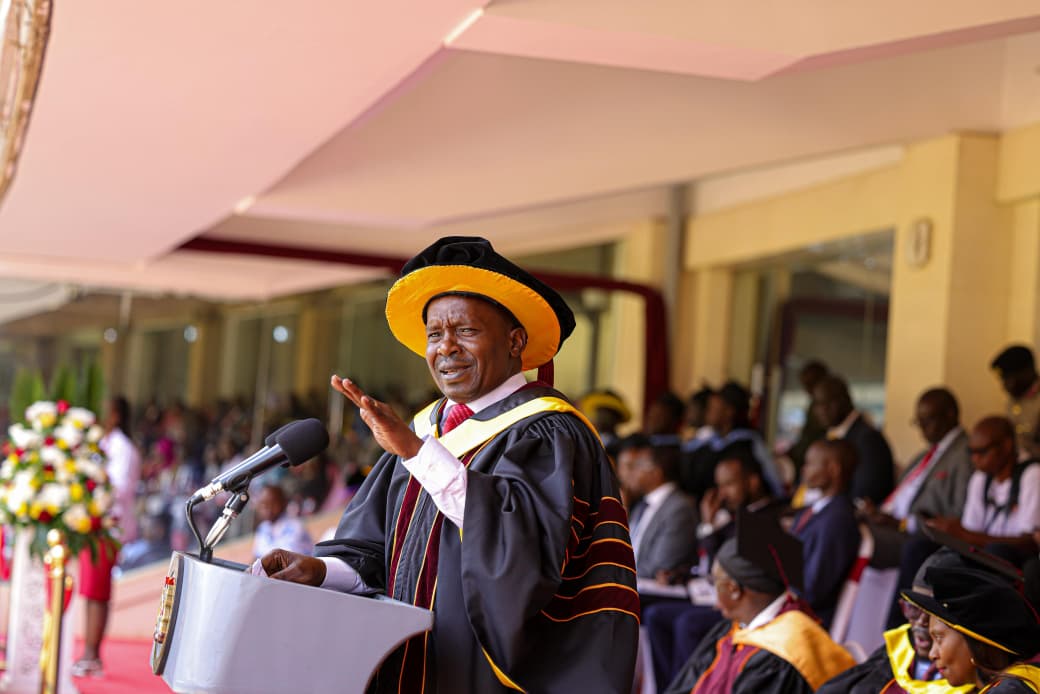This past week has been one of the most enriching journeys of my professional life as I crisscrossed the counties of Isiolo, Laikipia, Narok and Meru, giving pep talks to Grade 9 KJSEA candidates. I had been contacted by an NGO known as Human Practice Foundation to support the schools under their program as the candidates prepared for the upcoming assessment. What struck me most, beyond the faces of eager learners and the energy of teachers working tirelessly in often challenging environments, were the little stories hidden in the schools I visited. These stories, though seemingly ordinary, carried profound lessons about leadership, humility, collaboration and the essence of education.
One of the most memorable stops was at Ngarendare Junior School, tucked in the outskirts of Laikipia County. From the outside, it looked like any other public junior school—modest infrastructure, scattered classrooms, children in green and brown uniforms bustling about. But as soon as I was ushered into the staffroom, I noticed something that instantly stood out. The head teacher’s desk was not in a separate office as is the case in most schools. Instead, it was placed neatly in one corner of the same staffroom occupied by her ten teachers. The head of the institution, the one who carries the mantle of leadership and bears the weight of accountability, shared her working space with her team.
At first, I thought it was a temporary arrangement, maybe due to lack of office space, but when I inquired, I was told that this was by deliberate design. The head teacher believed in working closely with her staff, in removing the barriers that sometimes come with physical and symbolic separation. She wanted her teachers to know that she was part of them, not above them. Her presence in the staffroom was not to intimidate or micromanage but to model collegiality, openness, and accountability. It was a statement that leadership need not be about occupying a bigger office, but about fostering genuine relationships where people feel valued and heard.
ALSO READ:
No Support, No Vote: JSS teachers read riot act to KUPPET aspirants
As I sat in that space, I observed the dynamics. A teacher would casually walk to her desk to ask a question about a timetable adjustment. Another sought clarification on assessment deadlines. A third joked lightly about the football match between two local schools. The air was open, collegial, and non-intimidating. There was no knocking on doors, no prolonged waiting, no bureaucratic rituals. The head teacher was available, and by being accessible, she had eliminated unnecessary barriers. It was clear that this model of shared space had created a culture of trust and transparency in the school.
The lesson here is both simple and profound. Many times, leadership is equated with distance, exclusivity, and a certain aura of authority. Offices become fortresses, and titles are used as shields. Yet what I witnessed at Ngarendare showed that leadership can be about presence, about proximity, and about shared humanity. In a country where teachers often lament feeling alienated from school leadership, here was a head teacher who had found a subtle but effective way of saying, “I am with you.” The power of this arrangement was not in the furniture but in the philosophy behind it.
This experience also made me reflect on the nature of education itself. Schools are not just places of instruction, they are communities. And communities thrive on relationships. When a head teacher shares a space with staff, the message to learners is also powerful. They grow up seeing collaboration modeled before their eyes. They learn that titles and positions do not have to divide people but can instead be used to unite them. Such lessons are not in the syllabus, but they are deeply formative, shaping the values and worldviews of children long after they leave school.
As I engaged the Grade 9 candidates at Ngarendare, encouraging them to approach the KJSEA exam with courage, resilience, and optimism, I could not help but draw inspiration from the environment around me. I spoke to them about teamwork, about lifting each other up, about being humble even when entrusted with leadership, and about being approachable in whatever roles they find themselves in future. Their teachers had already lived out these values in front of them without uttering a word, simply through the arrangement of a staffroom.
ALSO READ:
Trans Nzoia’s Elimu Bursary Fund hailed, thousands benefit as drive enters final phase
In reflecting on this experience, I realized how easily we sometimes complicate the business of leadership. We create hierarchies, separate spaces, and endless protocols in the name of efficiency and respect, yet in the process, we distance ourselves from the very people we are meant to serve. What Ngarendare has done is remind us that true respect is not demanded by walls or titles but earned through presence, humility, and service.
As I left the school, I carried with me not just the joy of speaking to yet another group of hopeful young learners, but also the conviction that education leadership in Kenya can and should be reimagined. It doesn’t always take more resources or complex systems. Sometimes, it is the small, symbolic, and human gestures that make the biggest difference. A head teacher choosing to share a staffroom with her teachers may not make headlines, but it creates a ripple effect of trust, openness, and shared ownership that no policy document can manufacture.
The Ngarendare experience is one I will continue to treasure as I move on to other schools in this journey. It reminded me that even in the midst of exam pressure, performance targets and curriculum demands, there are still spaces where education is about people, about connection and about modeling the kind of society we want our children to grow into. That, to me, is the real lesson worth benchmarking.
By Ashford Kimani
Ashford teaches English and Literature in Gatundu North Sub-county and serves as Dean of Studies.
You can also follow our social media pages on Twitter: Education News KE and Facebook: Education News Newspaper for timely updates.
>>> Click here to stay up-to-date with trending regional stories
>>> Click here to read more informed opinions on the country’s education landscape





